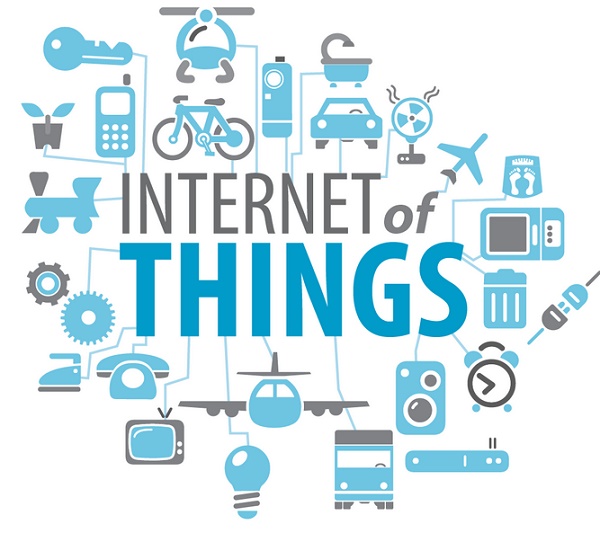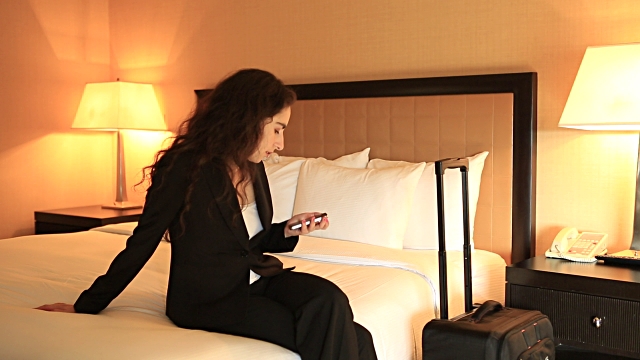DAS is a new platform to power the Internet of Things

“Industry research shows the single biggest technology trend in 2016 centered on more bandwidth, more data, and more mobile engagement,” said Pam Angelucci, RoamBOOST SVP of Operations. “Forty-five percent of hotels made or planned to make bandwidth a top priority this year; 98% added or plan to add bandwidth in public areas; 88% rolled out mobile websites; 84% invested or will invest in mobile apps for guests to use; 54% got on board with location-based technology that targets guests mobile devices based on their proximity; and 45% were adding tablets at the front desk. That’s a big spend to support the Internet of Things.
“Now think about what happens when guests and staff rely solely on the hotel’s WiFi to power all of their mobile devices and applications for operations efficiencies, ordering, streaming, purchasing, socially connecting etc. Your hotel just went from offering High Speed Internet Access to Low (or No) Speed Internet Access,” she said. “The more guests who are attracted to a hotel because of its mobile strategy, the more there is a need for a cellular network to re-route traffic away from WiFi and onto a 3G or 4G/LTE data and voice network. Thankfully, hotels are beginning to get it and we are seeing a huge upswing in the number of properties supporting 3G and 4G with DAS. Those that don’t are giving their guests no alternative but to rely on WiFi for mobile connectivity. As more technologies are implemented, the end result will inevitably be unhappy guests, lack of productivity for staff which ultimately lead to bad online reviews and people who will not return.”
Understanding WiFi vs. Cellular
A main focus for the RoamBOOST team in 2017 is to better educate hoteliers on the differences between WiFi and Cellular. There are two major categories of wireless Internet access for smartphones, tablets and laptops: Cellular (wide area networks or WANs) and WiFi (local area networks or LANs). To simplify the difference, think of cellular as everywhere provided by the network carriers and WiFi as being within a confined area (approximately 50 to 100 feet in diameter) provided by the hotel. Cellular 3G and 4G service is built into smartphones. WiFi is standard on all three, as well as most every other modern wireless devices.
“Hotel WiFi will enable guests to access the Internet, but it will do nothing to help them secure a signal to place a phone call,” Angelucci said. “When guests connect their smartphones to the hotel's WiFi to access data, transmission speeds will be slow, and network security is questionable. When guests can't access a cellular network inside the building, it is typically a structural interference problem (such as metal or concrete) or a material issue. For example, LEED glass is often used to improve a building's energy efficiency, but the reflective coating on the window inhibits the penetration of the mobile phone signal if the hotel is using specialty glass the prevents heat loss. In either case, the fix is the responsibility of the hotel and not the carrier. The best option is a DAS.
DAS to the Rescue!
A Distributed Antenna System (DAS) – like the one provided by RoamBOOST – is a network spatially separated by antenna nodes connected to a common source via transport medium that provides wireless service within a geographic area or structure. In laymen's terms, it is a system that places DAS nodes or amplifiers in areas of the hotel or property where coverage is nonexistent. These carefully RF designed solutions can increase cellular coverage across areas as small as 5,000 square feet or provide coverage throughout a multi-story property. Once installed, guests and staff will immediately see a three-bar improvement on their phone’s signal strength meter and hotels will see an improvement in satisfaction scores and social media reviews.

If your hotel is getting frequent complaints about slow WiFi, yet you’ve recently made a sizeable investment to increase bandwidth, chances are the problem instead exists with your cellular network – or lack of it. “The bottom line is this: she said. “A DAS is an effective solution for ensuring strong wireless signals and offsetting WiFi traffic. It’s a much-needed solution for hotels to connect guests and travelers with the IoT… or simply phone home.”
For more information about the RoamBOOST DAS, call (978) 777-8787 Ext. 308 or email sales@roamingaround.com. For media inquiries, contact RoamingAround PR Agent Barb Worcester at (440) 930-5770 or email barbw@prproconsulting.com.

